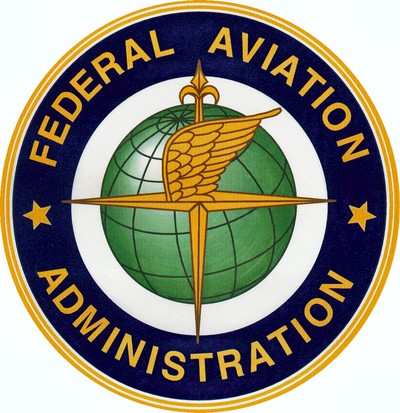Ten-Hour Training Rule For Complex Airplanes Remains
Unchanged
In an NPRM published on August 31, 2009, the FAA put out for
public comment 16 proposed changes to the FAA's existing pilot,
flight instructor, and pilot school certification regulations. The
final rule, published in the Federal Register on Wednesday, amends
the FAA's regulations concerning pilot, flight instructor, and
pilot school certification. This rule will require pilot-in-command
(PIC) proficiency checks for pilots who act as PIC of
turbojet-powered aircraft except for pilots of single seat
experimental jets and pilots of experimental jets who do not carry
passengers.

It allows pilot applicants to apply concurrently for a private
pilot certificate and an instrument rating and permits pilot
schools and provisional pilot schools to apply for a combined
private pilot certification and instrument rating course.
In addition, the rule will allow pilot schools to use
Internet-based training programs without requiring schools to have
a physical ground training facility;
revise the definition of "complex airplane"; and allow the use of
airplanes with throwover control wheels for expanded flight
training.
The final rule also amends the FAA's regulations concerning
pilot certificates to allow the conversion of a foreign pilot
license to a U.S. pilot certificate under the provisions of a
Bilateral Aviation Safety Agreement (BASA) and Implementing
Procedures for Licensing (IPL). The FAA has determined these
amendments are needed to enhance safety, respond to changes in the
aviation industry, and reduce unnecessary regulatory burdens.
Of the proposed rule changes, proposal 2, which would require
proficiency checks for PICs of single-piloted turbojet-powered
aircraft, and proposal 3, which would permit application for an
instrument rating concurrently with a private pilot certificate,
raised the largest response by commenters. Upon review of the
comments, the FAA has concluded that the rule requiring proficiency
checks for single-piloted turbojet-powered aircraft was not well
suited to experimental turbojet-powered aircraft and had the
potential to add significant expense for the pilots of those
aircraft.
The final rule allows alternative methods of compliance for
pilots of experimental jets that possess more than a single seat.
It excludes from the proficiency check requirement those pilots of
experimental jets that possess more than a single seat who do not
carry passengers and those pilots of experimental jets that possess
a single seat. The FAA has also modified the rule permitting
concurrent application for a private pilot certificate and
instrument rating because the rule as proposed in the original NPRM
failed to recognize that the prerequisite of 50 hours of
cross-country time for the instrument rating could not easily be
met by a student pilot. The FAA has added a provision to Sec.
61.65 to accommodate an alternative method of compliance with that
requirement.
Finally, the NPRM proposed to replace the 10 hours of training
in a complex airplane required for pilots applying for a commercial
pilot certificate with 10 hours of advanced instrument training.
These proposals would have resulted in changes to both Part 61 and
Part 141. However, in response to the public comments received and
in light of the recently passed Airline Safety and Federal Aviation
Administration Extension Act of 2010 (Pub. L. 111-2163) that
addresses flight crewmember training, the FAA has elected not to
adopt these proposals.
These amendments become effective October 31, 2011.
 ANN FAQ: Submit a News Story!
ANN FAQ: Submit a News Story! ANN's Daily Aero-Term (05.13.25): Cleared For The Option
ANN's Daily Aero-Term (05.13.25): Cleared For The Option Aero-News: Quote of the Day (05.13.25)
Aero-News: Quote of the Day (05.13.25) Aero-News: Quote of the Day (05.14.25)
Aero-News: Quote of the Day (05.14.25) ANN's Daily Aero-Term (05.14.25): Flight Check
ANN's Daily Aero-Term (05.14.25): Flight Check



